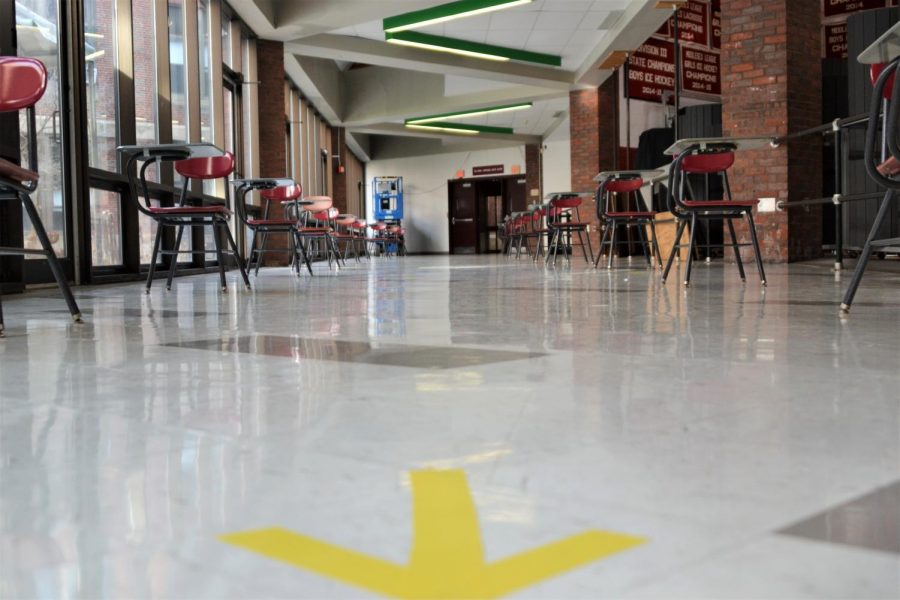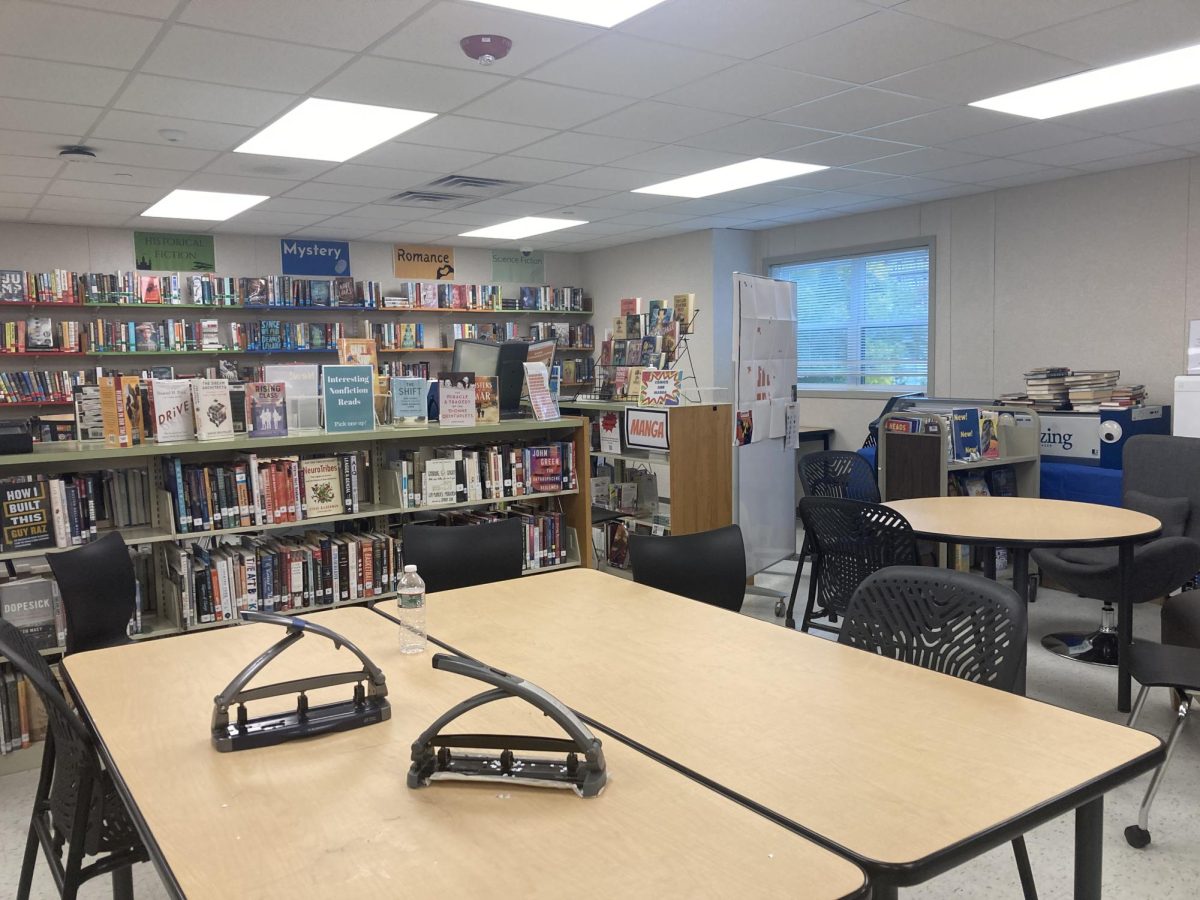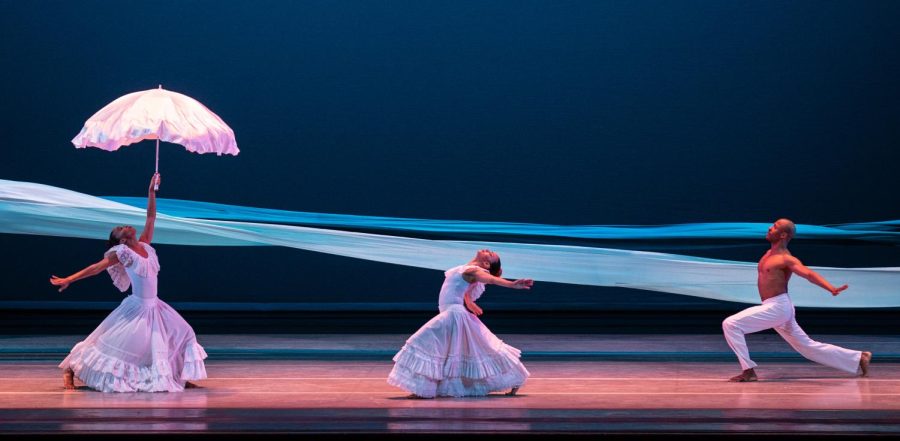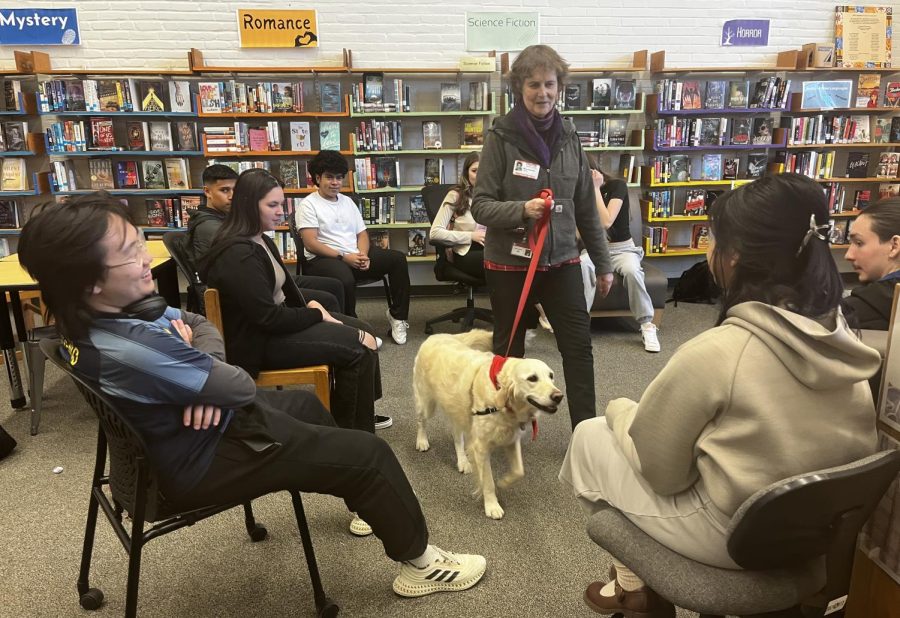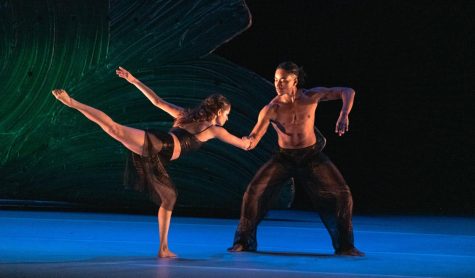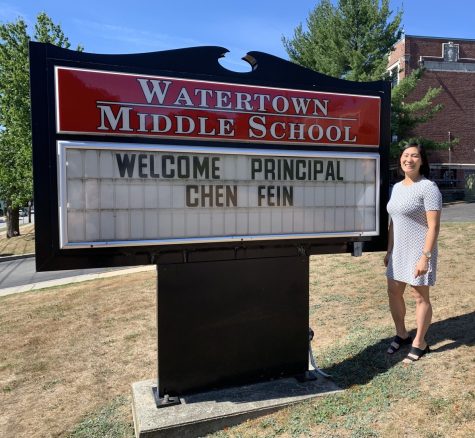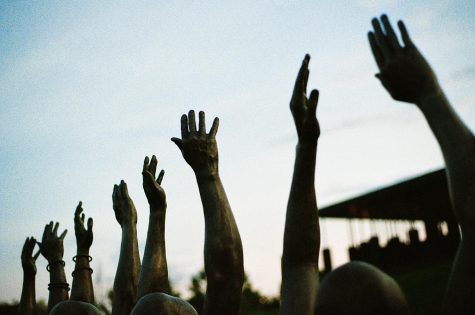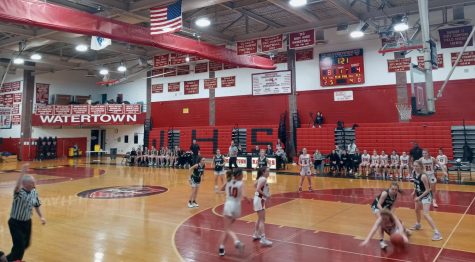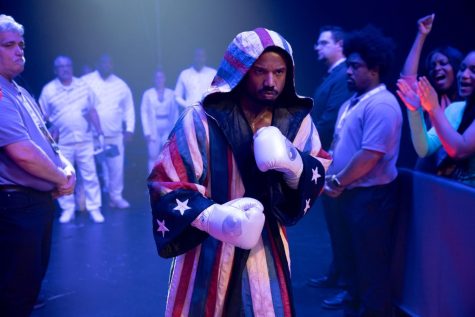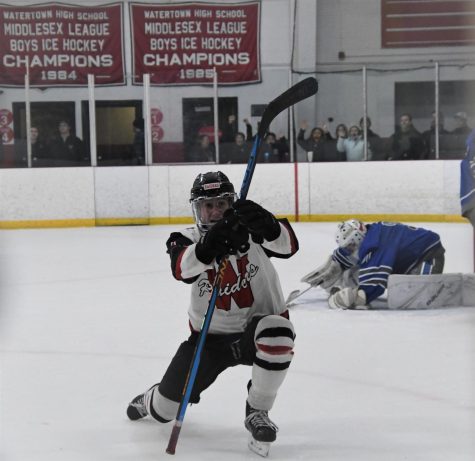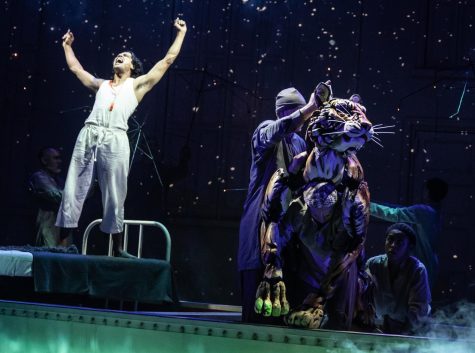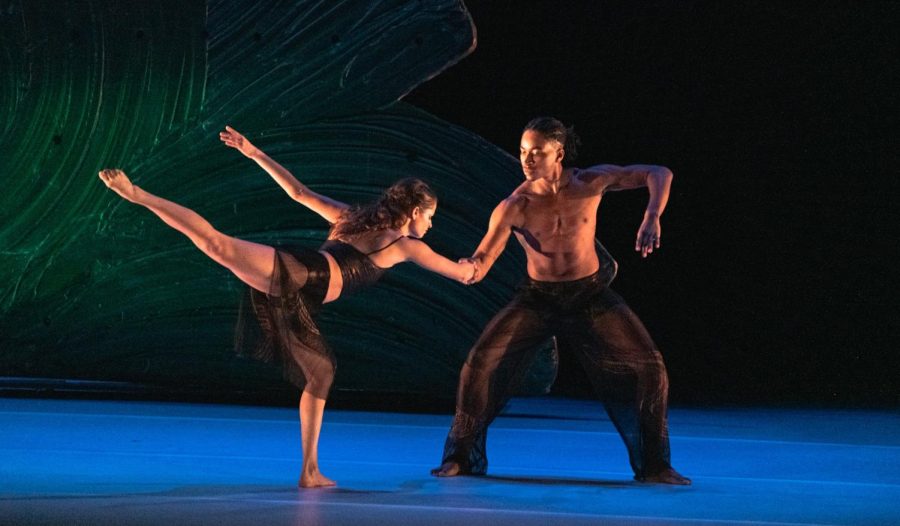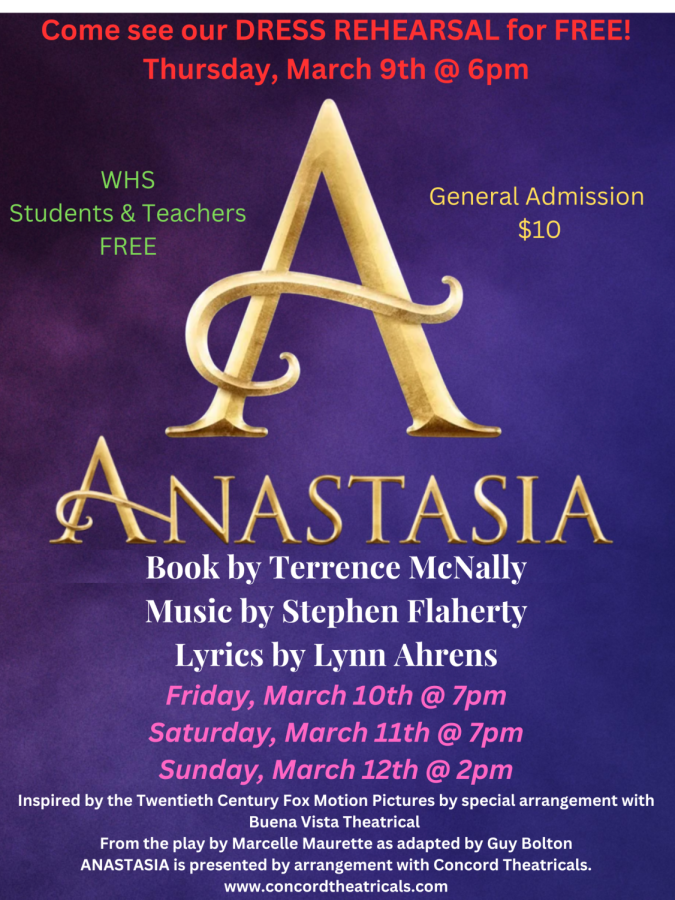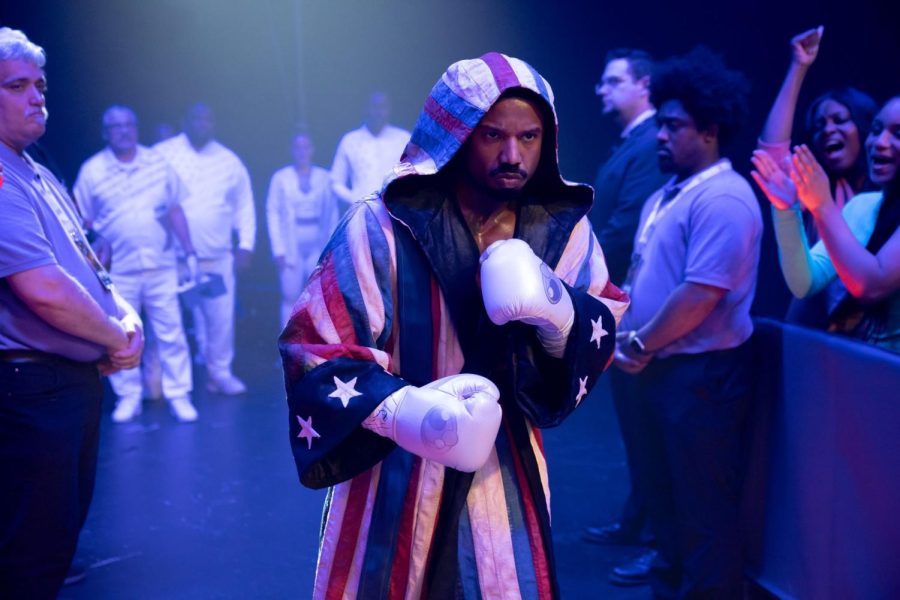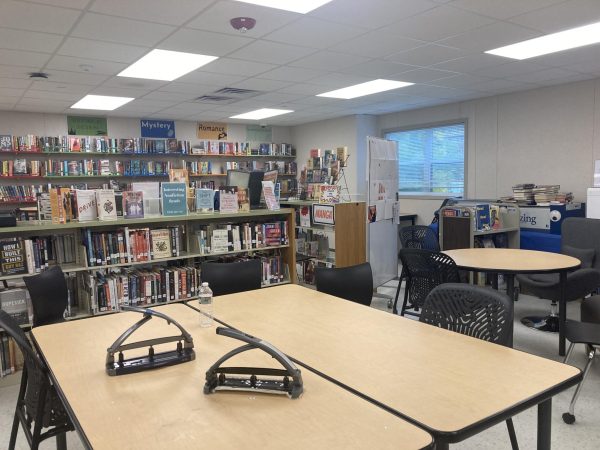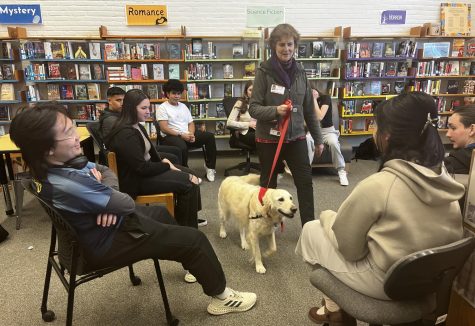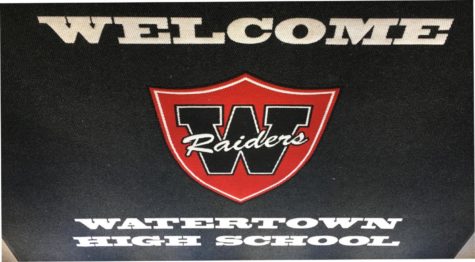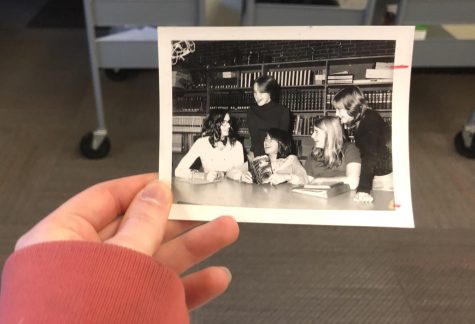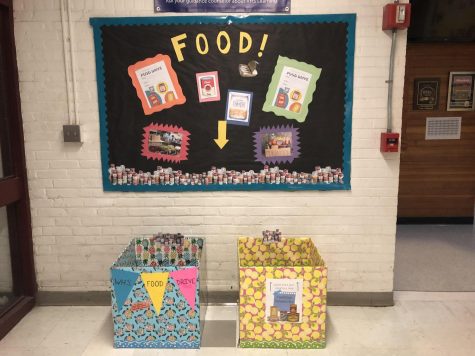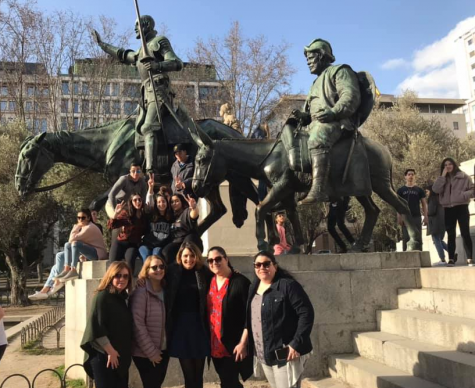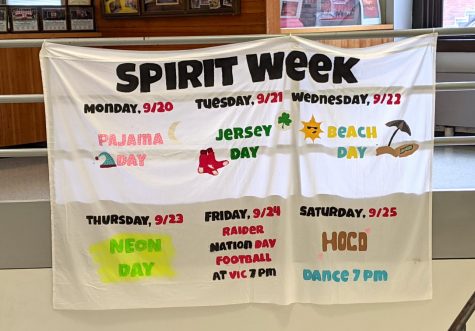A look inside an empty WHS
Teachers talk about pros and cons of online learning in Watertown
November 25, 2020
As eerie as an empty Watertown High School may seem, the school will be merging into the new hybrid model of learning starting Dec. 2. The COVID-19 pandemic has affected every school in every district, including Watertown. This new way of learning has had its plusses and minuses.
Here are some of the best and worst aspects of online school from WHS teachers.
“Sleeping in. Hands down,” said science teacher Liz Mundy. “The best part has been getting a chance to sleep in every morning compared to when I have to wake up super early and take the bus to work. It’s had a really positive effect on my overall stress, quality of sleep, and ability to problem solve and get things done in a timely fashion.
“I would say it’s also been really nice being able to try some alternatives to straight lecture. In the spring, I was a student in two remote learning classrooms where the teachers just lectured over slides. I found it impossible to pay attention and get anything done. I’ve been avoiding lecturing like that now that we’re remote… it’s been a learning curve, but it’s been fun to give it a shot. I was always too afraid to try when we were in person!”
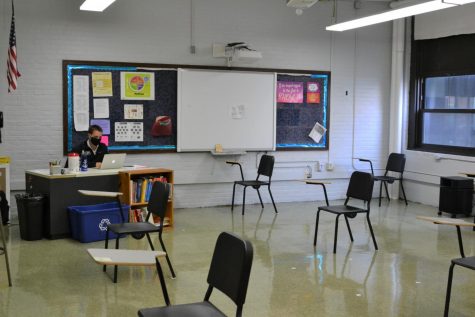
Fellow science teacher Jennifer MacDonald had similar feelings.
“The best part of teaching without students in front of me has really just been feeling safe during the pandemic and knowing that we are not contributing to the spread of COVID-19,” she said.
“Another bonus is the ‘private chat’ function, which allows students to ask questions privately; in a classroom they might not ask that question at all.”
Math teacher Melissa Pearlman has made good use of the technology.
“The best part of teaching without students in front of me is the ability to implement educational experiences through various technology platforms, many of which are new to me that I have always wanted to know how to use better and more effectively,” she said.

In some cases, technology can almost make up for the real thing.
“I don’t know if there is a best part [to remote learning],” said English teacher Vivienne Mulhall. “I guess, the fact that I get to see their faces up close and hear what they say when we do icebreakers.”
Ms. Mundy said she has been teaching from her apartment.
“I have a desk in front of my window in the main room,” she explained. “It looks out over an industrial roof since I live on top of a movie theatre/pizza place/bakery. Sometimes workers walk in front of the window while I’m teaching and it’s really awkward.”
Ms. Pearlman, Ms. Mulhall, and Ms. MacDonald have been teaching from their homes.
“I am lucky enough to have a guest room that I converted into my office,” Ms. MacDonald said. “I have gone into the school building from time to time, but mostly to just pick up supplies.”
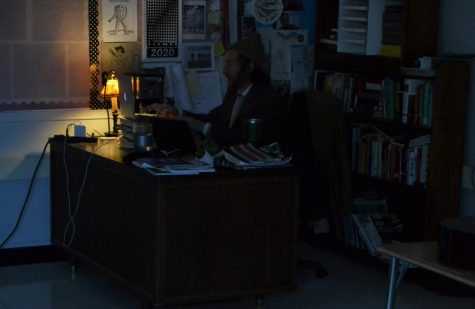
As for the worst part of teaching remotely, the teachers seem to be in agreement.
“The worst part of teaching without students in front of me is not having the students in front of me!” said Ms. Pearlman. “There are many aspects of instruction that require real-time student feedback. I cannot teach as effectively without interacting with students regularly.”
“The worst part of teaching without students,” said Ms. MacDonald, “has definitely been the lack of personal connection with students. It is difficult to teach without seeing student’s faces and hearing their questions in real time, since many students are shy about being on camera or speaking up during class.
“I often gauge my teaching based on expressions and engagement, so not being able to read those can be very difficult.”
Camera usage was mentioned often.
“Some of [the students] never turn on their cameras and I feel like I’m teaching to a blank wall,” said Ms. Mulhall.
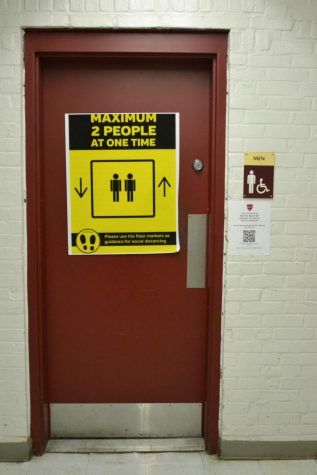
Ms. Mundy explained how the loss of personal connections and private conversations can affect the students.
“A lot of students don’t put their cameras on and, even when they do, it’s difficult to facilitate one-on-one conversations,” she said. “I try to get to know them through assignments, personal questions tacked onto the end of exit tickets or quizzes, and individual breakout-room discussions, but it’s really tough.
“My favorite part about teaching is forging relationships with students and I worry that my students this year don’t think I care about them. Like, do they know I have their best interests at heart since I don’t get to ‘see’ them every day?
“Plus, it’s easier to have candid conversations in a crowd where people are distracted by side conversations than it is when everyone can hear you out of their computer speakers, so while I usually can have a small chat while circulating around the room, that doesn’t really happen remotely.”
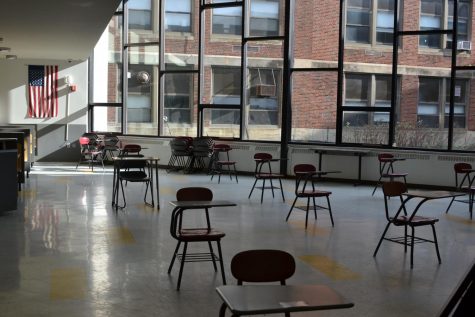
–Nov. 25, 2020–
